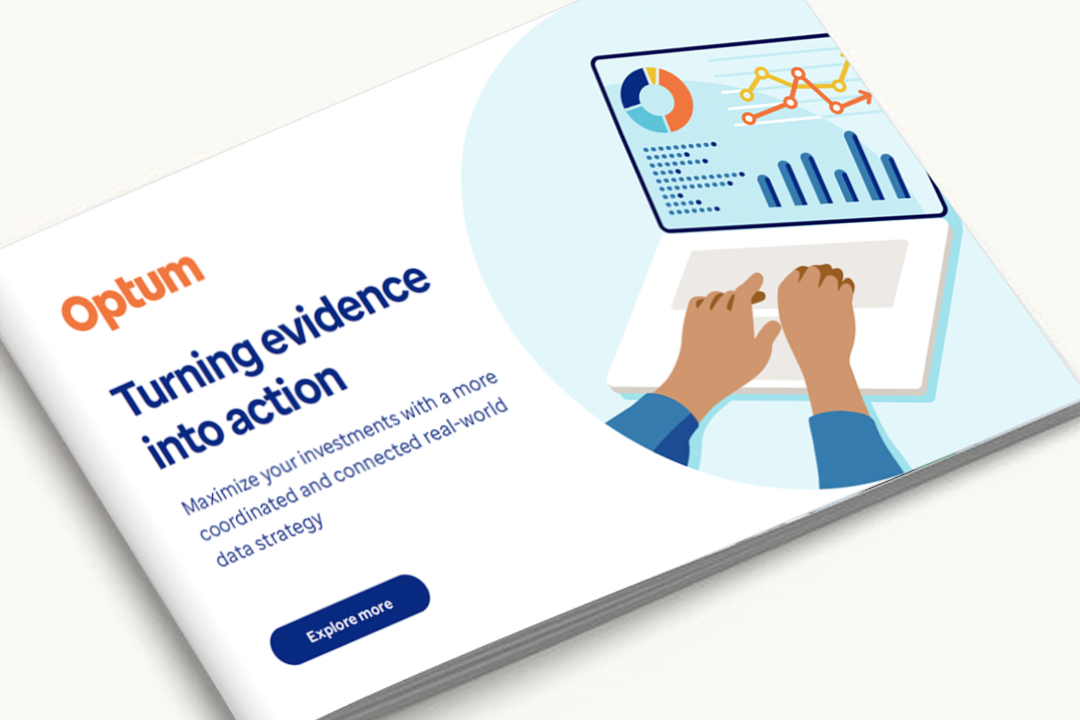Using an evidence-based approach to help patients
One in 10 Americans — half of them children — have a rare disease. Timely diagnosis is critical, but children often endure years of medical appointments and genetic testing for rare diseases before receiving a diagnosis. The delay to diagnosis can hinder access to treatment, impacting both the health outcomes for the child and the experience of the family.
Thanks to a powerful collaboration between Illumina, a leader in next-generation sequencing and genomic solutions, and Optum, a company focused on providing industry-leading expertise in everything from assessing clinical needs to generating clinical evidence, more families may be able to bypass the difficulties of a long diagnostic odyssey.
Together, Illumina and Optum are using an evidence-based approach to expand patient access to whole genome sequencing (WGS). It’s a turning point for patients and their families that has the potential to reshape the diagnosis and path to treatment for many rare and previously undiagnosed disorders.



